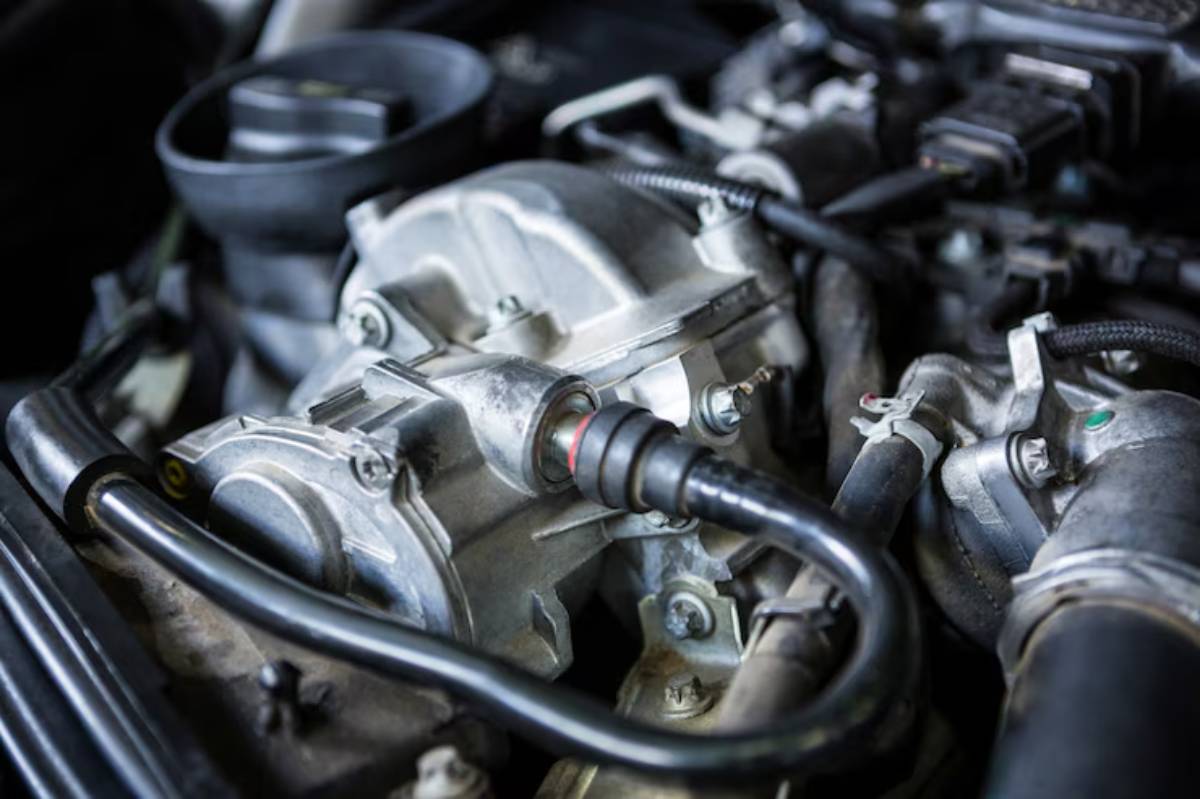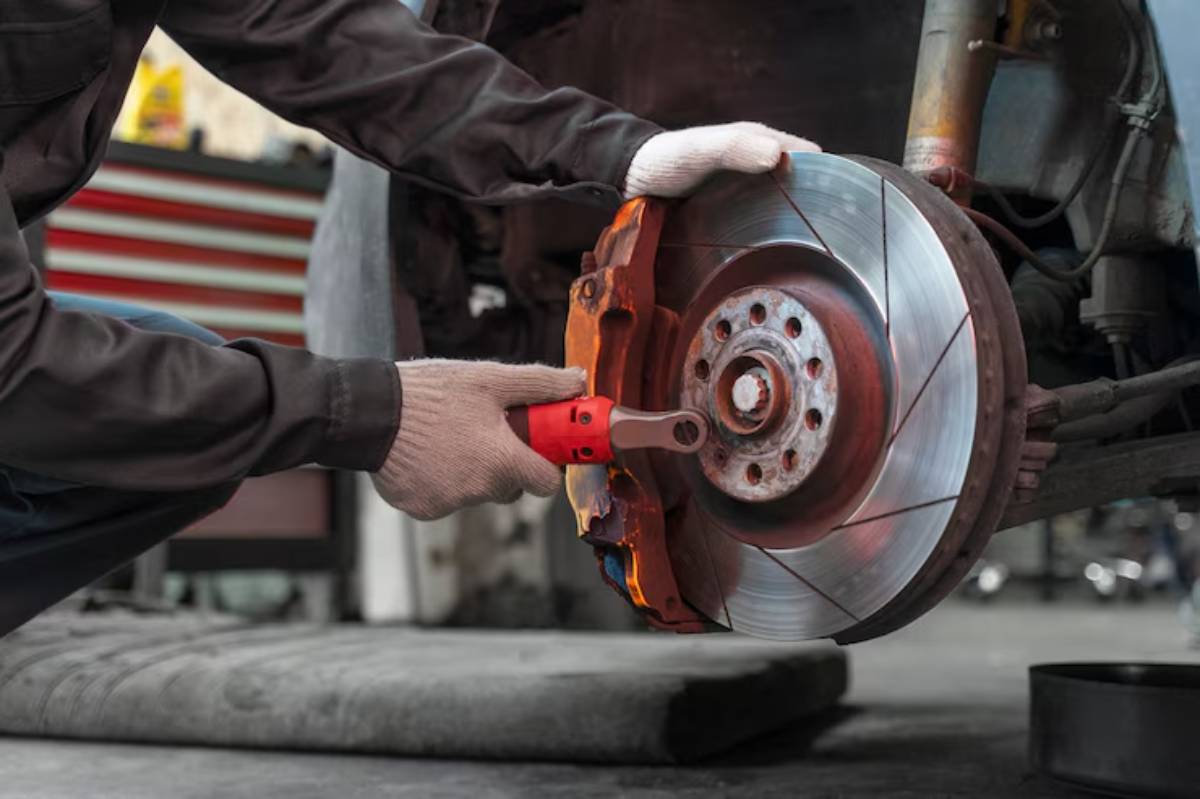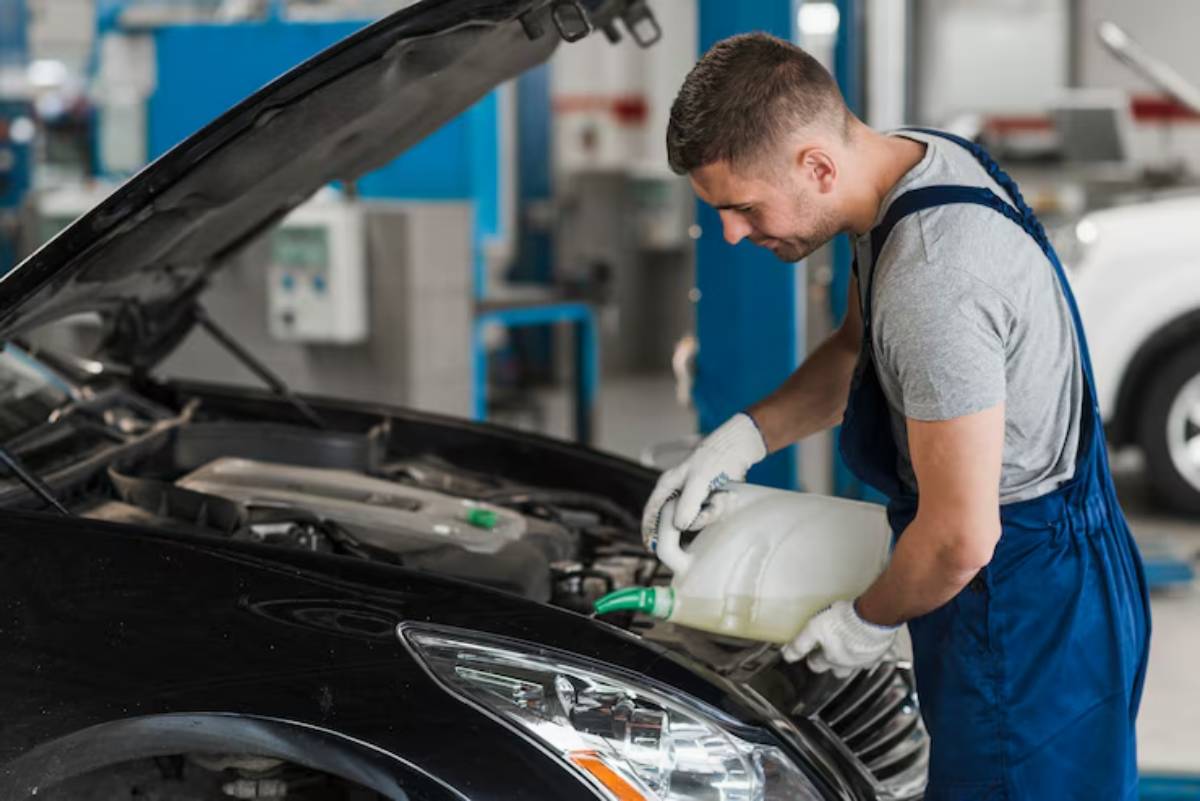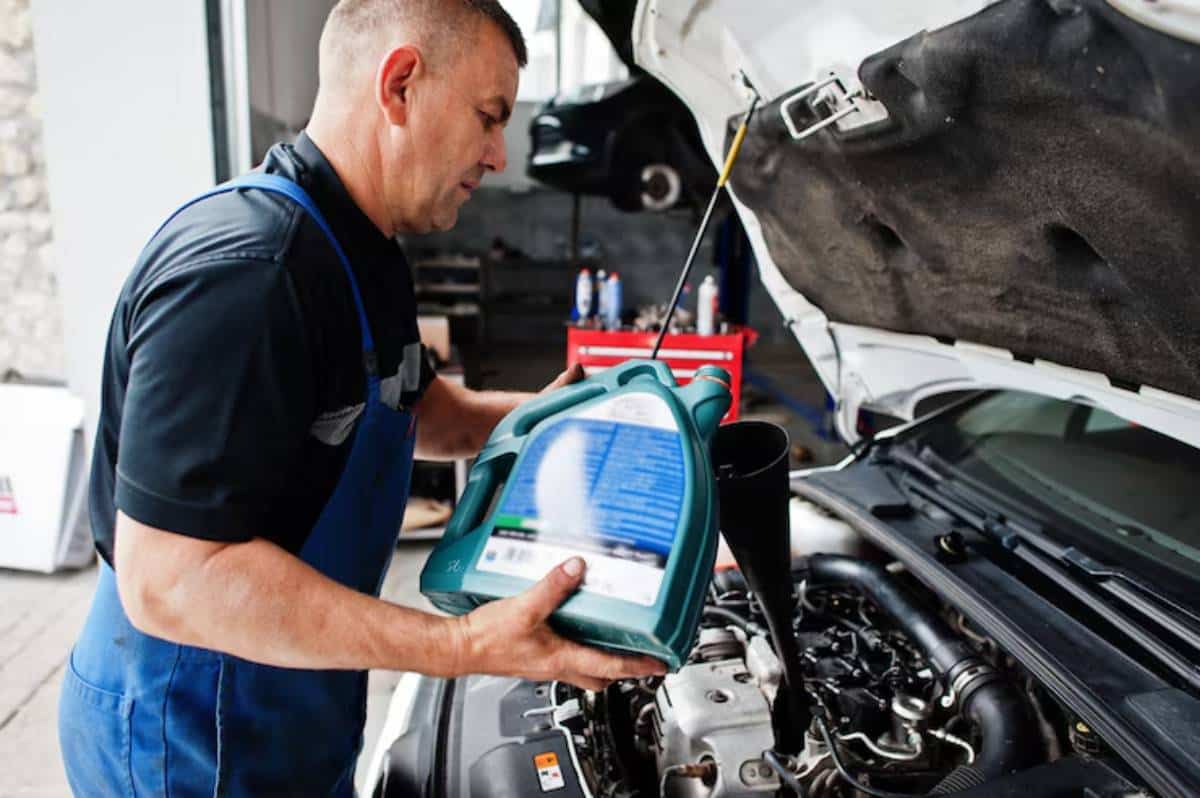
Best Coolants for Hybrid Cars in 2025: Keep Your System Cool and Efficient
If you drive a hybrid, you already understand the importance of balance between electric efficiency and petrol power, between innovation and reliability. But there’s one component many drivers overlook: coolant.
In a hybrid, the coolant isn’t just for the engine. Depending on your car’s setup, it protects the battery, inverter, and electric motor. The wrong fluid—or worse, neglecting coolant maintenance altogether—can lead to overheating, performance loss, and even costly repairs.
In this guide, we’ll break down the best hybrid coolant options available in 2025, compare their strengths, and help you pick the right one for your vehicle. Whether you’re topping off your Toyota Prius or maintaining a plug-in like the Hyundai Ioniq, this coolant comparison 2025 has you covered with expert insight and practical advice.
Why Hybrids Need Special Attention When It Comes to Coolant
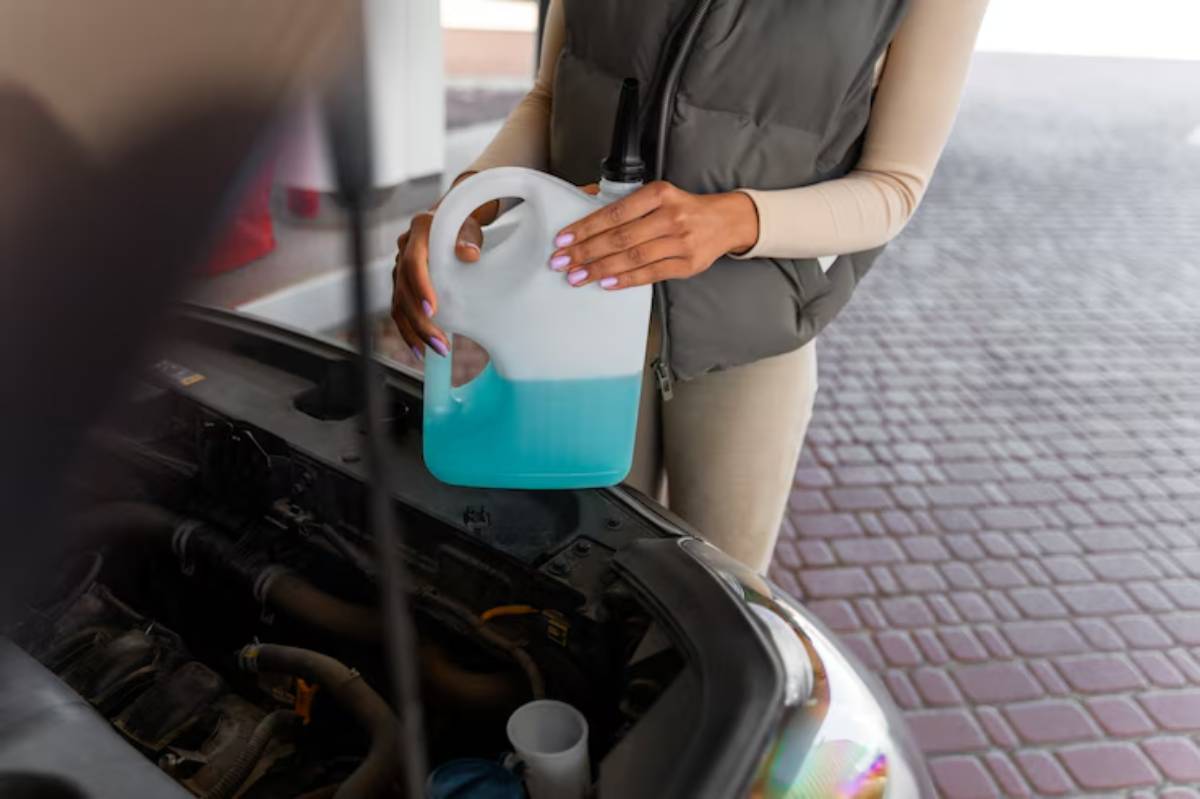
Not Just Engine Cooling
Traditional vehicles have one main job for coolant: to regulate engine temperature. But in hybrids, the cooling system extends beyond the engine and may include:
- Inverter Cooling Loop – Keeps power electronics stable
- Electric Motor Cooling – Maintains optimal output
- Battery Cooling – Particularly important in plug-in hybrids and high-capacity battery systems
So, picking the top hybrid antifreeze isn’t just about colour or price — it’s about compatibility, longevity, and heat transfer efficiency across multiple systems.
How to Choose the Right Coolant for Your Hybrid in 2025
Key Considerations:
- Manufacturer Recommendations – Always start with your owner’s manual
- Coolant Type – OAT, HOAT, or Hybrid Organic Acid Technology
- Longevity – How often does it need replacing
- Temperature Protection – Operating range for hot and cold climates
- Additive Package – Anti-corrosion agents, silicates, borates, etc.
Now, let’s look at the best hybrid coolants of 2025, with a focus on real-world performance.
Top Hybrid Coolants for 2025: In-Depth Comparison
1. Toyota Genuine Super Long Life Coolant (Pink)
Best for: Toyota and Lexus hybrids
- Type: OAT (Organic Acid Technology)
- Lifespan: Up to 160,000 km or 5 years
- Colour: Pink
- Freeze protection: Down to -35°C
Why it’s top-rated: Specifically engineered for Toyota hybrid cooling loops — including engine, inverter, and battery systems. It prevents corrosion in aluminium components and remains stable in stop-start driving.
Pros:
- Long service life
- Perfect compatibility
- Trusted by Toyota technicians
Cons:
- More expensive than universal brands
- Not suitable for non-Toyota hybrids
2. Honda Type 2 Coolant (Blue)
Best for: Honda Insight, Accord Hybrid, and CR-V Hybrid
- Type: OAT
- Lifespan: 5 years or 100,000 miles
- Colour: Blue
- Pre-mixed: Yes
Why it’s top-rated: Offers stable thermal protection across all Honda hybrid components. It’s designed to prevent cavitation corrosion, especially in electric water pumps and delicate radiator fins.
Pros:
- Ready to use
- Excellent corrosion resistance
- Long drain interval
Cons:
- Not for non-Honda systems
- Must use consistently — avoid mixing with generic coolants
3. Valvoline Zerex G-05
Best for: Ford Escape Hybrid, Lincoln MKZ Hybrid, and Hyundai hybrids
- Type: HOAT (Hybrid Organic Acid Technology)
- Colour: Yellow or amber
- Compatibility: Works well in both petrol and hybrid systems
- Lifespan: Up to 5 years / 150,000 km
Why it’s top-rated: Offers a balanced formula with phosphate-free additives and low silicate levels. Its hybrid acid tech makes it compatible with aluminium and plastic components used in hybrid cooling loops.
Pros:
- Wide manufacturer approval
- Excellent for multi-system hybrid platforms
- Affordable and widely available
Cons:
- Requires a proper flush before switching
- Not always pre-mixed
4. Prestone All Vehicles Coolant (AF2100)
Best for: Universal hybrid compatibility
- Type: Extended Life OAT
- Colour: Yellow-green
- Lifespan: 10 years / 300,000 km in some cases
- Pre-mixed: Available and concentrated versions
Why it’s top-rated: While not manufacturer-specific, it performs excellently in hybrid, electric, and ICE engines alike. It has also been tested in high-mileage hybrids with strong results.
Pros:
- Budget-friendly
- Long drain interval
- Suitable for mixed fleets
Cons:
- Generic additives may lack optimised hybrid performance
- Should not be mixed with older silicate-based coolants
5. Peak OET Extended Life Coolant – Asian Vehicles (Pink or Blue)
Best for: Aftermarket replacements for Asian hybrid brands
- Type: OAT
- Colour: Depends on version (pink = Toyota, blue = Honda)
- Designed for: Direct replacement of OEM hybrid coolant
- Lifespan: 5 years / 240,000 km
Why it’s top-rated: Offers a cost-effective alternative to dealer-supplied coolant while still meeting all major standards.
Pros:
- Excellent price-performance balance
- OEM-spec formulation
- Available at most auto retailers
Cons:
- Choose colour/type carefully to match the system
- Still not quite as reliable as dealer coolant in some systems
Coolant Comparison 2025: Quick Chart
| Coolant | Type | OEM | Colour | Lifespan | Best For |
| Toyota Super Long Life | OAT | Yes | Pink | 5 yrs / 160k km | Toyota/Lexus hybrids |
| Honda Type 2 | OAT | Yes | Blue | 5 yrs / 160k km | Honda hybrids |
| Valvoline Zerex G-05 | HOAT | No | Amber | 5 yrs / 150k km | Ford, Hyundai hybrids |
| Prestone All Vehicles | OAT | No | Yellow-green | 10 yrs / 300k km | Universal use |
| Peak OET (Asian) | OAT | No | Pink/Blue | 5 yrs / 240k km | OEM replacement |
Signs It’s Time to Change Your Hybrid Coolant
Hybrid coolant might look fine, but if it’s aged or contaminated, it can’t protect your system.
Watch for:
- Rusty or discoloured fluid
- Coolant leaks near the inverter or battery housing
- Temperature warning lights
- Boiling or bubbling sounds from the radiator
- Poor air conditioning performance (in liquid-cooled battery systems)
How to Maintain Your Hybrid’s Cooling System
Even the top hybrid antifreeze can’t do its job if the system isn’t maintained.
Tips to protect your cooling system:
- Use only approved coolant types — never mix random brands or colours
- Flush the system before switching to a new coolant
- Check coolant levels monthly — especially in hot or high-mileage conditions
- Clean battery air inlets if your car uses air-cooled battery tech
- Schedule coolant service every 80,000 to 160,000 km, as advised by the manufacturer
For a deeper dive into system performance, don’t miss our explainer on how hybrid cooling systems work — it breaks down the science and structure behind your hybrid’s thermal control.
Conclusion: Choose Wisely, Cool Confidently

As we move into 2025, hybrids are becoming more complex, more powerful, and more popular. But with complexity comes responsibility, and choosing the best hybrid coolant is one of the simplest yet most impactful ways to care for your vehicle.
From Toyota’s pink coolant to universal long-life blends, there’s an option for every need and budget. The right coolant safeguards your engine, your electric systems, and your long-term peace of mind.
Here’s your next step:
- Check your current coolant type and level
- Refer to your owner’s manual for specs
- Choose from this list of the top hybrid antifreeze options of 2025
- Book a coolant flush or replacement if you’re overdue
And if you’re serious about hybrid upkeep, pair this guide with our article on how to extend the life of a hybrid transmission.
